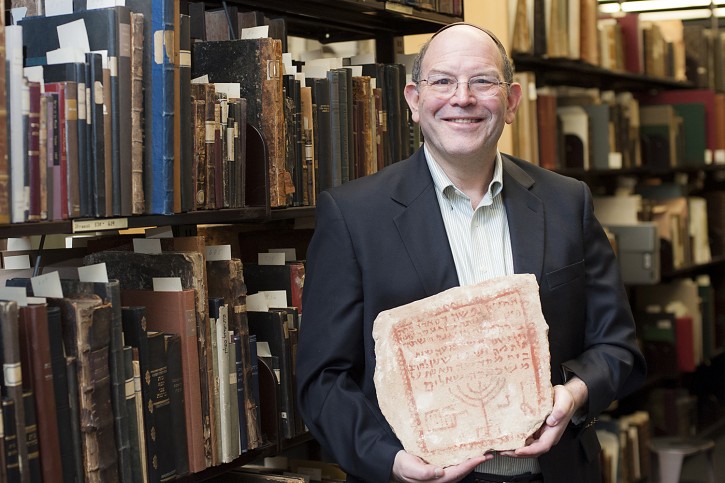 New York – Using a tombstone, Yeshiva University students along with their professor have been working diligently since 2012 to figure out the details of a woman’s death that happened more than 1600 years ago in present-day Jordan.
New York – Using a tombstone, Yeshiva University students along with their professor have been working diligently since 2012 to figure out the details of a woman’s death that happened more than 1600 years ago in present-day Jordan.
Subscribe to our Daily Roundup Email
The NY Times (http://nyti.ms/19tbKkH) reports that so far the group has figured out the woman’s first name, where and when she died, but do not know her age or cause of death.
Their search began in March of 2012 when Steven Fine, who is sometimes referred to as the Jewish Robert Langdon and is professor and director of Yeshiva’s Center for Israel Studies, wrote an article featured in Biblical Archaeology Review focusing on Jewish tombstones in the ancient city of Zoar.
Rev. Carl Morgan of Woodland United Fellowship in Woodland, Calif., soon reached out to Dr. Fine. Pastor Morgan, who has a doctorate in archaeology, emailed an interesting photograph. The image was of a tombstone like the ones Dr. Fine wrote about in the article. Pastor Morgan said the tombstone was in the collection of the Woodland Museum of Biblical Archaeology, part of the church’s campus. It was given to the museum by a private collector.
Dr. Fine showed the photo to students in an undergraduate Talmudic archaeology course, and the students decided to spend a full semester translating the Aramaic inscriptions in order to learn everything they could about the deceased woman.
Dr. Fine said that Zoar was, “a major Christian city, a biblical pilgrimage city,” but that it contained a substantial Jewish population. Hershel Shanks, founder and editor of Biblical Archaeology Review, agrees that the tombstone, “represents a Jewish community that thrived there.”
Dr. Fine says 30 to 40 Jewish tombstones have been documented as coming from Zoar, and that the lettering on the Jewish ones was in a form of Aramaic that only Jews were taught to read.
The students were confident they could translate the Aramaic inscriptions. Talmudic Aramaic is essentially the same as the Aramaic on the tombstone. Mr. Friedman said the first few words on the tombstone read, “Here rests the soul of Sa’adah, daughter of …” What the students cannot figure out is who the woman was daughter of.
Based on the format of other tombstones, the students feel confident that the missing word is the name of the woman’s father.

Would love to check out the seforim in the background..
There are advanced imaging techniques that can be used to try to recover the faded inscriptions.
spend a full semester translating the Aramaic inscription
“Here rests the soul of Sa’adah, daughter of …” What the students cannot figure out is who the woman was daughter of.
Based on the format of other tombstones, the students feel confident that the missing word is the name of the woman’s father.
wow. such powers of deduction.
What a total waste of time. And people dare to criticise yeshiva bochurim.